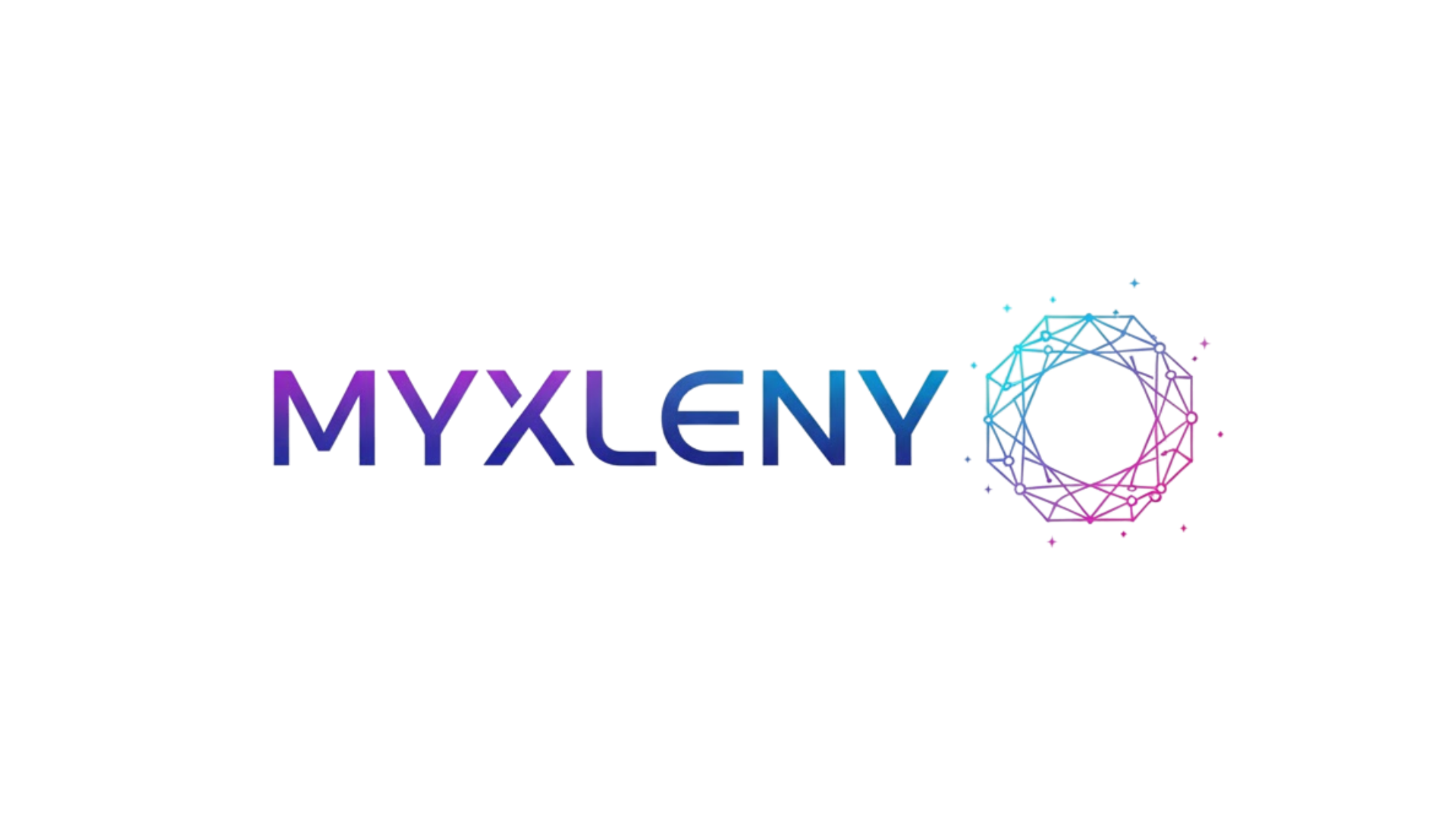Burnout has become one of the most pressing challenges facing modern organizations, silently draining productivity and employee wellbeing across industries worldwide.
🔥 Understanding the Burnout Epidemic in Today’s Workplace
The World Health Organization officially recognized burnout as an occupational phenomenon in 2019, marking a pivotal moment in how we view workplace stress. This acknowledgment didn’t create the problem—it simply validated what millions of employees had been experiencing for years. Burnout manifests as physical exhaustion, emotional depletion, and a sense of reduced professional accomplishment that can devastate both individual careers and organizational performance.
Recent studies indicate that approximately 76% of employees experience burnout at least sometimes, with 28% reporting feeling burned out “very often” or “always” at work. These statistics aren’t just numbers—they represent real people struggling to maintain their passion, productivity, and personal wellbeing while navigating increasingly demanding professional landscapes.
The cost of ignoring burnout extends far beyond individual suffering. Organizations face increased absenteeism, higher turnover rates, decreased productivity, and compromised quality of work. The financial implications are staggering, with burnout-related productivity losses costing the global economy an estimated $322 billion annually.
💡 Why Traditional Wellness Programs Fall Short
Many companies have attempted to address employee wellbeing through conventional wellness programs—gym memberships, meditation apps, or occasional mental health days. While well-intentioned, these initiatives often miss the mark because they treat symptoms rather than addressing root causes.
Traditional wellness programs typically place responsibility solely on employees to manage their stress, without acknowledging organizational factors contributing to burnout. This approach is like offering swimming lessons while ignoring the fact that employees are drowning in unrealistic workloads and toxic management practices.
Effective burnout prevention requires a comprehensive, systemic approach that addresses both individual resilience and organizational culture. It demands commitment from leadership, structural changes to work processes, and genuine investment in employee psychological safety.
🎯 Core Components of Effective Burnout Prevention Programs
Workload Management and Resource Allocation
The foundation of any successful burnout prevention program begins with realistic workload expectations. Organizations must regularly assess whether employees have adequate resources, time, and support to complete their responsibilities without consistent overtime or weekend work.
Implementing workload audits helps identify departments or individuals carrying disproportionate burdens. These assessments should examine not just the quantity of work but also its emotional and cognitive demands. High-stress tasks require adequate recovery periods, just as physical labor requires rest.
Smart resource allocation means hiring sufficient staff, providing appropriate tools and technology, and eliminating bureaucratic processes that waste time without adding value. When employees consistently work at 110% capacity, burnout isn’t a possibility—it’s inevitable.
Autonomy and Control Enhancement
Research consistently demonstrates that employees with greater autonomy over how, when, and where they work experience significantly lower burnout rates. Micromanagement and rigid policies that treat adults like children erode motivation and increase stress.
Effective burnout prevention programs establish clear objectives while granting employees flexibility in achieving them. This might include flexible scheduling, remote work options, or autonomy in decision-making within defined parameters. Trust becomes the foundation of the employment relationship rather than surveillance and control.
Empowering employees doesn’t mean abandoning accountability—it means shifting from input-based management (monitoring hours and activities) to outcome-based assessment (evaluating results and impact).
Recognition and Reward Systems
Feeling undervalued ranks among the top contributors to burnout. When employees invest significant effort without acknowledgment or appropriate compensation, cynicism and disengagement inevitably follow.
Comprehensive burnout prevention programs implement multifaceted recognition systems that go beyond annual performance reviews. This includes regular positive feedback, peer recognition programs, career development opportunities, and compensation that reflects market value and individual contribution.
Recognition must be specific, timely, and authentic. Generic “great job” comments carry minimal impact compared to detailed acknowledgment of specific contributions and their organizational impact.
🛠️ Implementing Your Burnout Prevention Strategy
Leadership Training and Accountability
Managers and supervisors serve as the primary buffer between organizational demands and employee wellbeing. Unfortunately, many are promoted based on technical skills without receiving adequate training in people management, emotional intelligence, or mental health awareness.
Effective burnout prevention requires comprehensive leadership development that includes recognizing early warning signs of burnout, conducting meaningful check-ins, distributing work fairly, and modeling healthy work-life boundaries. Leaders who regularly work excessive hours, respond to emails at midnight, or skip vacations send powerful messages that contradict any official wellness messaging.
Organizations must also establish accountability mechanisms that make employee wellbeing a leadership performance metric. When manager evaluations include employee retention, engagement scores, and team burnout indicators, preventing burnout becomes a priority rather than an afterthought.
Communication and Psychological Safety
Burnout thrives in environments where employees feel unable to speak honestly about workload, challenges, or concerns without fear of negative consequences. Creating psychological safety—where people can voice opinions, admit mistakes, and request help—is essential for early intervention.
Regular pulse surveys, anonymous feedback mechanisms, and open-door policies help organizations identify brewing problems before they escalate into full-blown burnout crises. However, collecting feedback without taking action breeds cynicism and worsens the problem.
Transparent communication about organizational challenges, changes, and decision-making processes also reduces stress. Uncertainty and feeling “out of the loop” create anxiety that compounds other burnout risk factors.
Boundary Setting and Recovery Opportunities
The always-on culture enabled by smartphones and remote work has obliterated traditional boundaries between professional and personal life. Effective burnout prevention programs establish and protect boundaries that allow genuine recovery.
This might include policies limiting after-hours communication, mandatory vacation time, meeting-free days, or “focus time” blocks protected from interruptions. Some organizations have implemented “right to disconnect” policies that explicitly permit employees to ignore work communications outside designated hours.
Recovery isn’t just about time off—it’s about quality of rest. Employees who spend “vacation” days checking email and attending calls aren’t actually recovering. Programs must create cultural permission for complete disengagement during rest periods.
📊 Measuring Program Effectiveness
What gets measured gets managed. Organizations serious about burnout prevention must establish baseline metrics and track progress over time. Key indicators include:
- Employee engagement and satisfaction scores
- Turnover rates, particularly regrettable departures
- Absenteeism and sick leave utilization patterns
- Utilization rates for mental health resources
- Productivity metrics and quality indicators
- Standardized burnout assessment scores
Regular assessment using validated tools like the Maslach Burnout Inventory or Copenhagen Burnout Inventory provides objective data about employee wellbeing trends. These measurements should be conducted anonymously to encourage honest responses.
Qualitative data through exit interviews, stay interviews, and focus groups adds important context to quantitative metrics. Understanding why employees feel burned out matters as much as knowing how many experience it.
🌟 Creating a Sustainable Prevention Culture
Integration with Organizational Values
Burnout prevention cannot exist as a standalone program disconnected from broader organizational culture and values. When companies claim to value employee wellbeing while simultaneously celebrating those who sacrifice health for work, the contradiction undermines any prevention efforts.
Sustainable prevention requires embedding wellbeing principles into mission statements, strategic planning, hiring processes, and daily operations. Organizations must examine whether their stated values align with actual practices and employee experiences.
This alignment means difficult conversations about priorities, trade-offs, and what the organization is genuinely willing to change. Superficial initiatives without structural transformation produce limited results.
Peer Support and Community Building
Social connection serves as one of the most powerful buffers against burnout. Employees with strong workplace relationships demonstrate greater resilience, higher engagement, and lower burnout rates than those working in isolation.
Effective programs facilitate community building through team activities, peer mentoring, employee resource groups, and collaborative projects. Creating space for informal connection—the water cooler conversations and lunch breaks—matters more than many organizations recognize.
Peer support systems where employees can discuss challenges, share coping strategies, and normalize mental health conversations reduce stigma and promote early help-seeking behavior.
💪 Individual Resilience Within Organizational Support
While organizations bear primary responsibility for creating environments that prevent burnout, individual resilience strategies complement systemic changes. Effective programs provide resources and training that help employees build personal capacity without placing sole responsibility on them.
Resilience training might include stress management techniques, mindfulness practices, time management skills, assertive communication, and boundary-setting strategies. These tools empower employees to navigate challenges more effectively while acknowledging that individual coping cannot compensate for toxic organizational conditions.
Access to mental health resources, including counseling services, stress management apps, and wellness coaching, provides additional support layers. However, these resources supplement rather than substitute for systemic prevention efforts.
🚀 Technology as an Enabler, Not a Solution
Numerous applications and platforms promise to prevent or alleviate burnout through meditation guidance, stress tracking, or wellness challenges. While these tools can support broader prevention efforts, technology alone cannot solve fundamentally organizational problems.
The most valuable technology applications support burnout prevention by facilitating better work processes, improving communication efficiency, automating tedious tasks, or providing data insights that inform organizational decisions. Technology should reduce burden rather than add another thing employees must manage.
Organizations should evaluate technology investments carefully, ensuring any tools genuinely address employee needs rather than creating additional stress through mandatory usage requirements or surveillance capabilities.
🎭 Addressing Industry-Specific Challenges
Burnout risk factors vary significantly across industries and professions. Healthcare workers face emotional exhaustion from patient care and life-or-death decisions. Technology professionals struggle with rapid change and always-on expectations. Teachers navigate resource constraints and emotional labor. Each context requires tailored approaches.
Effective burnout prevention programs acknowledge these unique challenges rather than applying generic solutions. Industry-specific risk assessments identify particular stressors, and interventions address those specific factors.
Cross-industry learning can provide valuable insights, but successful implementation requires contextual adaptation that respects the realities of specific work environments.
🔄 Continuous Improvement and Adaptation
Burnout prevention is not a one-time initiative but an ongoing organizational commitment requiring regular evaluation and adaptation. Work environments evolve, new stressors emerge, and previous solutions may become insufficient.
Organizations should establish regular review cycles that assess program effectiveness, gather employee feedback, examine emerging research, and adjust strategies accordingly. This iterative approach ensures prevention efforts remain relevant and responsive to changing needs.
Transparency about what’s working, what isn’t, and what the organization is doing to improve builds trust and demonstrates authentic commitment to employee wellbeing.
🌈 The Business Case Beyond Moral Imperative
Preventing burnout is undoubtedly the right thing to do from an ethical standpoint. However, compelling business arguments also support comprehensive prevention programs. Organizations with effective burnout prevention demonstrate higher productivity, better customer satisfaction, increased innovation, superior talent attraction and retention, and improved financial performance.
The return on investment for burnout prevention consistently exceeds costs when accounting for reduced turnover expenses, lower healthcare costs, decreased absenteeism, and maintained productivity. Preventive investments cost substantially less than reactive crisis management.
Forward-thinking organizations recognize that human capital represents their most valuable asset. Protecting and nurturing that asset through burnout prevention isn’t an expense—it’s a strategic investment in sustainable competitive advantage.

✨ Building Your Organization’s Unique Approach
No universal burnout prevention template fits every organization. Company size, industry, culture, resources, and specific challenges require customized approaches. The most effective programs begin with thorough assessment of current conditions, honest acknowledgment of problems, and genuine commitment to change.
Start with leadership buy-in and education. Pilot initiatives in specific departments before organization-wide rollout. Gather continuous feedback and adjust based on results. Celebrate successes while maintaining realistic expectations about timeframes for cultural transformation.
Remember that burnout prevention is a journey rather than a destination. Perfection isn’t the goal—continuous improvement and authentic commitment to employee wellbeing create the foundation for sustainable organizational health and individual flourishing.
Your workforce represents the heart of your organization. Revitalizing that workforce through comprehensive burnout prevention isn’t just good practice—it’s essential for thriving in today’s demanding business environment. The question isn’t whether you can afford to implement effective prevention programs, but whether you can afford not to.
Toni Santos is a future-of-work researcher and social innovation writer exploring how technology, culture, and global mobility are redefining what it means to work and thrive in the 21st century. Through his studies on automation, digital nomadism, and workforce transformation, Toni examines the balance between progress, adaptability, and human purpose in a rapidly changing world. Passionate about remote collaboration systems and digital inclusion, Toni focuses on how emerging tools and global connectivity empower individuals to build meaningful, flexible, and resilient careers. His work highlights how automation and new work models can coexist with creativity, empathy, and social value. Blending sociology, economics, and digital strategy, Toni writes about the human side of innovation — helping readers understand not only where work is heading, but how to align with its transformation responsibly and purposefully. His work is a tribute to: The evolving relationship between automation and human employment The rise of global, location-independent lifestyles The power of resilience and adaptability in the modern workforce Whether you are a freelancer, remote leader, or curious observer of the new economy, Toni Santos invites you to explore the future of work — one idea, one connection, one transformation at a time.




